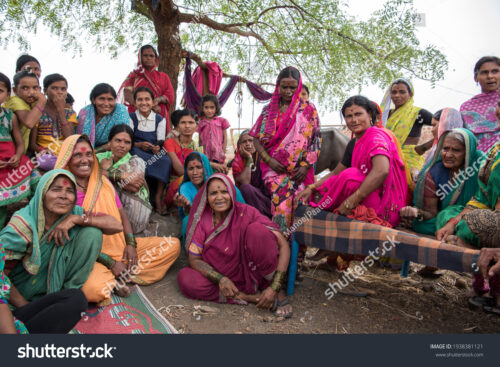Rama Krishna Sangem
A latest study by science journal, The Lancet raised concerns regarding the projected fall in India’s total fertility rate (TFR). The study suggests that India’s TFR, or the average number of children born to a woman, has been seeing a decline over the last century, with the fertility rate falling from 6.18 children per woman in 1950 to a projected 1.29 children per woman by 2050.
The study stated that India has already fallen below the replacement level of fertility, required for a population to exactly replace one generation with another. In 2021, India’s TFR was at 1.91 children per woman, below the necessary replacement fertility level of 2.1.
Speaking on the reasons behind the fall in the fertility rate, Aruna Kalra, director, obstetrics and gynaecology, CK Birla Hospital, Gurugram said that with the delay in the age of marriage, the average age of first pregnancy has dropped from the mid-20’s to mid to late 30’s.
Other reasons include an increase in female literacy and women’s workforce participation. “Busy lifestyles in urban areas and high stress jobs are leading people to not consider having children at all,” she added.
How will it impact economy?
Poonam Muttreja, executive director, Population Foundation of India, said that such a trend will pose challenges such as an ageing population, labour force shortages, and potential social imbalances due to gender preferences in the country.
“While these challenges are still a few decades away for India, we need to start acting now with a comprehensive approach for the future,” she added. The report also states that India’s TFR can further fall to 1.04 children per woman in the year 2100.
In countries like India, having more children is economically unviable for most families. Giving the example of Scandinavian countries, Muttreja said that countries like Sweden and Denmark are dealing with these challenges by supporting families through affordable childcare, investing in healthcare, and taking on large-scale male-engagement initiatives.
Global decline
The study says that the decline in TFR is in line with global trends, stating that its estimates forecast a decline in fertility rates all around the globe, over the coming century.
According to the study, the decline in fertility rates is also influenced by factors such as extreme shifts in the global distribution of live births due to improved female education and the increasing usage of modern contraception methods.
The study estimates that by 2050, 155 of the 204 countries will be below the replacement level of fertility. This figure is further expected to rise to 198 countries by the year 2100.
“By 2100, the estimated fertility rates will be below the replacement level in more than 95 per cent of the world’s countries and territories but disparities in rates will remain,” the report said.
Solutions are there
Speaking on the solution that can rein in falling fertility rates, Muttreja said that economic policies that stimulate growth and job creation, alongside social security and pension reforms are essential in adapting to and mitigating the impacts of declining fertility rates.
Higher male engagement in household activities will also help. “For women to be able to manage careers with motherhood, it would be crucial for men to take greater responsibility for household and care work,” she added.



